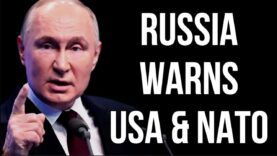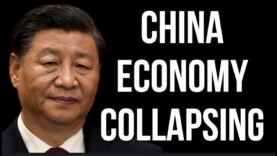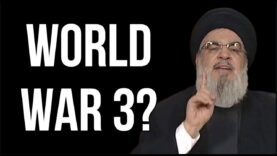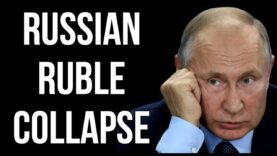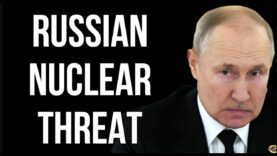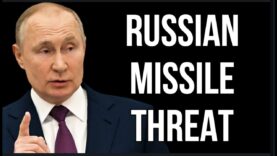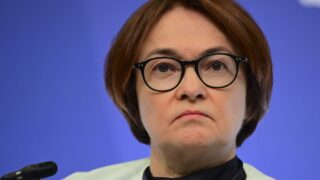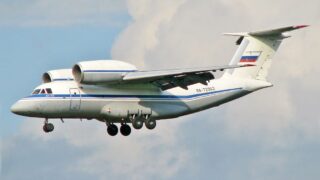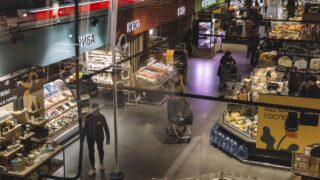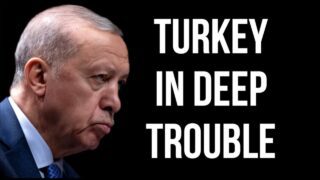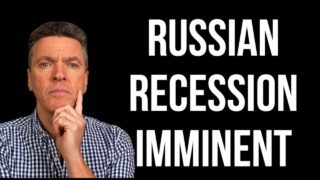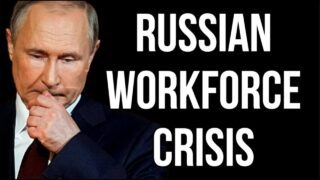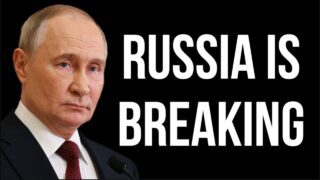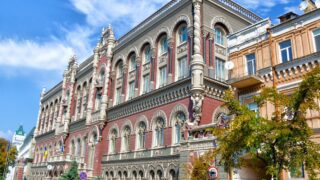RUSSIAN Emergency
Video Summary
Russia’s Economy in Crisis: A False Sense of Boom
The Russian economy is often perceived to be doing well, with a strong growth rate and a robust GDP. However, this picture is misleading and based on a narrow perspective. In reality, Russia has shifted its economy to a wartime footing, with the government sponsoring thousands of companies to produce goods for Ukraine. This has led to rapid economic growth, but it’s driven by the state’s reliance on the national wealth fund to fund its expenditure. As a result, the economy is heavily dependent on the state’s support, rather than driven by organic growth.
Inflation is another major concern, with prices rising rapidly. The producer prices index shows a 13.7% year-on-year increase, which is significantly higher than the official inflation rate. This indicates that prices are likely to continue rising, and the Russian Central Bank’s efforts to control inflation through interest rate hikes are failing. In fact, interest rates are at an emergency level, just 1% below the level introduced after the invasion of Ukraine.
The problems in the Russian economy are twofold. Firstly, the wartime economy driven by state-sponsored companies is fueling a wage spiral, which is driving up prices. Secondly, the sanctions imposed on Russia due to the invasion of Ukraine are limiting the country’s access to imports, leading to shortages and higher prices. Until these fundamental problems are addressed, Russia’s economy is unlikely to recover, and the Russian Central Bank will have to continue to raise interest rates to try to control inflation.

